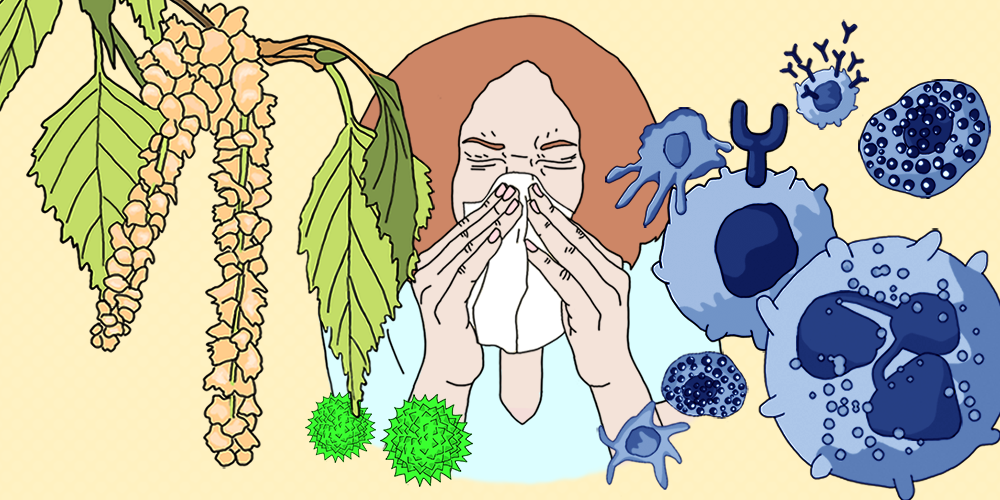In today’s educational landscape, a perplexing question arises: Are our public schools equipped to tackle the burgeoning crisis of food allergies? With the prevalence of food allergies rising significantly in recent decades, schools are faced with a conundrum that extends beyond mere cafeteria offerings. The incidence of allergies to common foods such as peanuts, tree nuts, milk, and gluten has escalated alarmingly, presenting substantial challenges for educators, parents, and students alike.
Food allergies can provoke severe reactions, making it imperative for schools to devise effective management strategies. In fact, the Centers for Disease Control and Prevention (CDC) estimates that approximately 1 in 13 children suffers from a food allergy, inevitably affecting classroom dynamics. This reality prompts an urgent examination of how schools can accommodate these students while ensuring a safe environment for all. Furthermore, the potential life-threatening consequences associated with exposure to allergens necessitate rigorous protocols and comprehensive education.
The confluence of increased allergy cases and the traditionally communal nature of school lunch experiences poses unique challenges. Many schools are wrestling with the dilemma: How can they foster inclusivity and camaraderie at mealtimes while carefully navigating the perilous waters of allergy triggers? This requires a creative approach, blending culinary innovation with policy reform.
As schools attempt to strike a balance, some institutions have opted for allergen-free zones and dedicated allergy management staff. This is a commendable step, yet it begs the question of whether such measures are sufficient. Transitional frameworks—where students can see firsthand the importance of allergen awareness—might embolden young learners to understand and respect the needs of their peers. Such educational initiatives could cultivate compassion and mindfulness, effectively transforming student interactions and offering a beacon of hope in an often turbulent context.
Legal implications further complicate the issue. Parents are increasingly vigilant, advocating for their children’s rights and pushing for institutional accountability regarding allergen management. This legal landscape not only heightens pressure on schools but also underscores the importance of transparent communication between educators and families. Without a concerted effort to collaborate, the potential for miscommunication could exacerbate an already delicate situation.
Ultimately, the escalation of food allergies in public schools manifests not merely as a medical issue but as a complex social challenge. This necessitates a reevaluation of how educational institutions perceive and address these growing concerns. Will public schools rise to the occasion, ensuring that all students can thrive in an environment that nourishes both body and mind? The answer lies in proactive engagement and community solidarity, as we seek to navigate this evolving landscape together.
